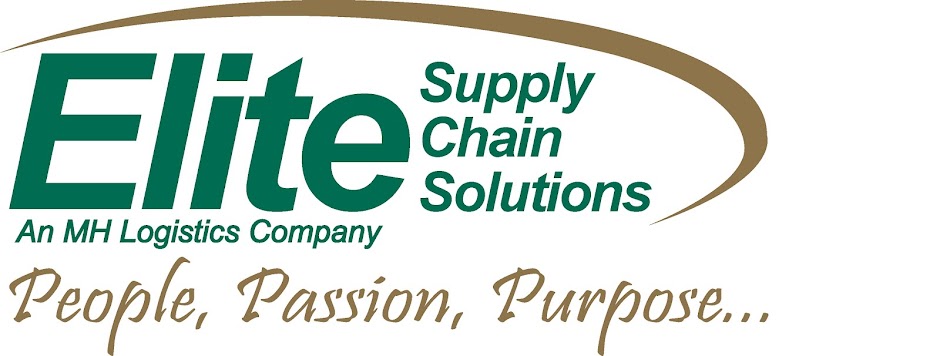My Father
Although my father passed away on October 4th this year, I have come to realize how fortunate I am to have had him as my father. The initial loss was sorrowful and empty, but as I have had time to look back on the 49 years we were together I have been able to laugh, cry, reflect and be thankful.My father gave me, my sister and brother, a great life with great opportunities. My father was always a presence in our lives. Coaching, cheering, supporting and giving - he taught me how to put others before self. He never preached this or lectured about it, he simply lived it everyday of his life. He also taught us the importance of commitment in his marriage with our Mother. I'm sure my Mom and Dad had hard times and challenges, but they worked through any of those difficult times together and showed us the strength of a marriage over 57 years. Thank you Dad, I will love you forever.
My Family
I am thankful for the loving family that I have, both immediate and extended. Eileen, my wife, and my children are blessings to me.
Eileen and I are best friends. We support each other, listen to each other, and balance each other. I thank God that we met 28 some years ago and have been inseperable since.
Our kids are a source of pride, joy, happiness, frustration, worry and Love. They are our number one responsibility and it is phenomenal to watch them grow, mature and become young adults.
Our extended family - mine and Eileen's, are a major part of our lives. We enjoy each other, socialize with each other and support each other. With both our families, we have more than a family tie, we have true friends.
My Friends
God has blessed me with friends who are geniune and true. I have many friends who I can, and have, turned to for support, advice and good times. I appreciate them and hope that I provide the same level of commitment to them as they show to me.
My Customers
Starting a new business provided a full spectrum of emotions. I am thankful for the customers that have put their trust in me to provide the products and services that they sought. I trust I have conducted my business in a professional, caring, sincere manner and hope to have the opportunity to continue to work with my customers in the years to come.
Stores that Don't Open On Thanksgiving Day
And to close with a bit of brevity, I am Thankful for Stores that do not do business on Thanksgiving Day. Congratulations to them for letting their employess spend time with their families and friends and to reflect on their blessings for the day. Perhaps the person(s) who made the decision to open their doors on a day meant to celebrate Family, Friends and God will re-access their priorities in the future and put balance back into the lives of the families that work for them. The shoppers will still be there on Friday morning!




























